Vernon Hall: Old Bow Library’s philanthropic origin
Obscured by trees, most of us pass by Vernon Hall without a second glance, hurrying on to the Idea Store or Tesco. Only the keenest architectural sleuth will have spotted that Vernon Hall on Gladstone Square, with its beautiful clock, Passmore Edward’s plaque, and the dark blue Bow Heritage Trail sign, is one of Roman Road’s most important landmarks.
The limited description on the plaque gives the hall an element of mystery, and even the Idea Store Bow Heritage Trail pamphlet offers only a vague allusion to its past: ‘As you move east, past Vernon Hall, formerly the Passmore Edwards Library, and another starting point for the trail, you are approaching the area which used to be the heart of Roman Bow.’
A trip to the Tower Hamlets Local History and Archives and some thorough research later, the history of Vernon Hall is revealed, and the mysterious figure on the plaque, John Passmore Edwards, uncovered.
Vernon Hall
Until 1962, Vernon Hall was known as the Passmore Edwards Library. It opened in November 1901 and was a much-celebrated affair. The library had been suggested as early as the 1890s but plans were continuously shelved because of tension between Bow and Bromley parishes.
The Public Libraries Act of 1850 gave local boroughs the power to establish free libraries, and wasn’t a wholly popular idea. However, after a ballot in April 1897 by ratepayers, there was a desire to open a public library for both Bow and Bromley. A scheme was devised to build a central library on Bow Road and separate branch libraries in each parish. This was eventually neglected because of disagreements about location.
Benefactor Passmore Edwards
Eventually, a place on Roman Road came up for sale, and as the plaque states, the main benefactor in raising the £6,000 building costs was Passmore Edwards. Passmore Edwards was a philanthropist, politician, ‘Echo’ newspaper editor, and advocate for the sharing of literature. He donated £4,000 of the £6,000 needed to make the public appeal a success. While £6,000 is difficult to imagine for a building, this is equal to around £724,435 in 2018, making Edwards’ contribution of £4,000 (or £482,956 today) a lot more meaningful. At the time of the opening of Bow library he had already supported twenty-five public buildings financially.
In the opening ceremony, there was high praise for the philanthropist from Richard Henry Green, the first Mayor of the newly created Borough of Poplar. Passmore Edwards was recorded in the East London Advertiser, Nov 9 1901, to have responded by saying that he ‘considered it to be one of the greatest necessities that the people should be provided with means of obtaining good literature’. Throughout his life Edwards believed that ‘funding the ladder’ would give the poor opportunities to ‘climb’.
In the Daily Chronicle, 7 Nov 1901, Edwards was recorded to have said that ‘East London put North and West London to shame’ as at the time, the boroughs of Islington, St. Pancras, Marylebone and Paddington hadn’t erected a single public library yet. The Bow Library opening actually coincided with another bigger Limehouse public library opening, to which Passmore Edwards donated some £5,000, meaning there were about eight in the East London area already.
Bow Library’s design
The original Bow Library was designed by architect Mr. S. B. Russell and had two storeys. The ground floor had a news reading room, space to accommodate 33 readers, and a lending library with 12,000 volumes. To put that into context, the Bishopgate library today has over 50,000 and the Wellcome library has around 150,000.
The first floor had a magazine and reference reading room with space for 56 readers, as well as a reference book store to hold 5,000 more volumes and private rooms for staff. The second floor was for staff and the caretaker. This Portland stone and red brick building is Grade II listed and includes the ‘Macullum Clock’, named after the East End philanthropist and member of Bow and Bromley Liberal and Radical Association.
Final transformations
The old Bow Library eventually became too small and cramped to meet the growing need for books in the East End. There was an extension in 1932 that made structural alterations, and a further extension in around 1950. Still not big enough to accommodate new readers, Bow Library was then moved in 1962 to Stafford E3. The remaining building became Vernon Hall, the building we walk by today. In 2002, this became the first-ever Idea Store. The Idea Store is a public library that runs classes and courses for adults, as well as holding events.
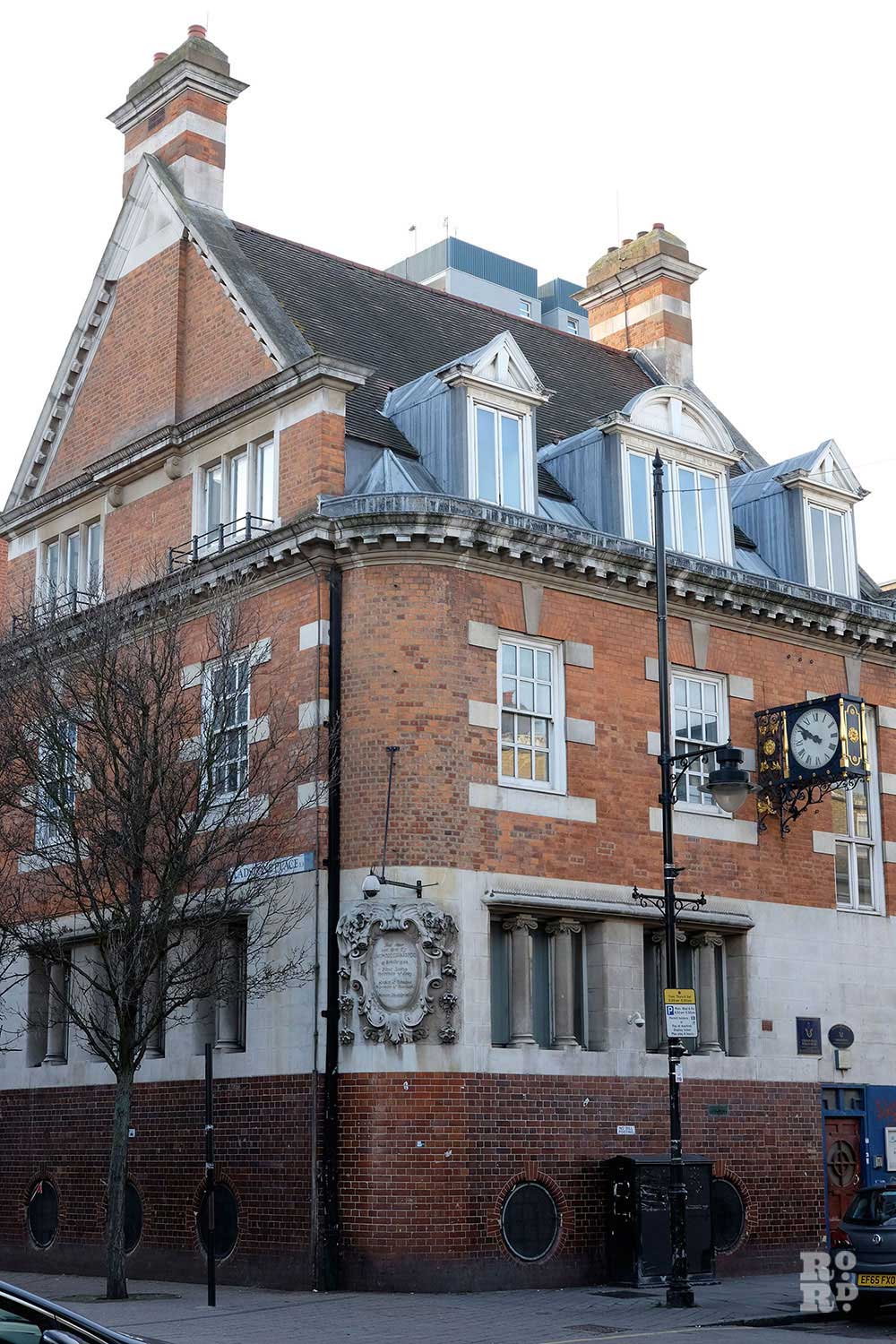
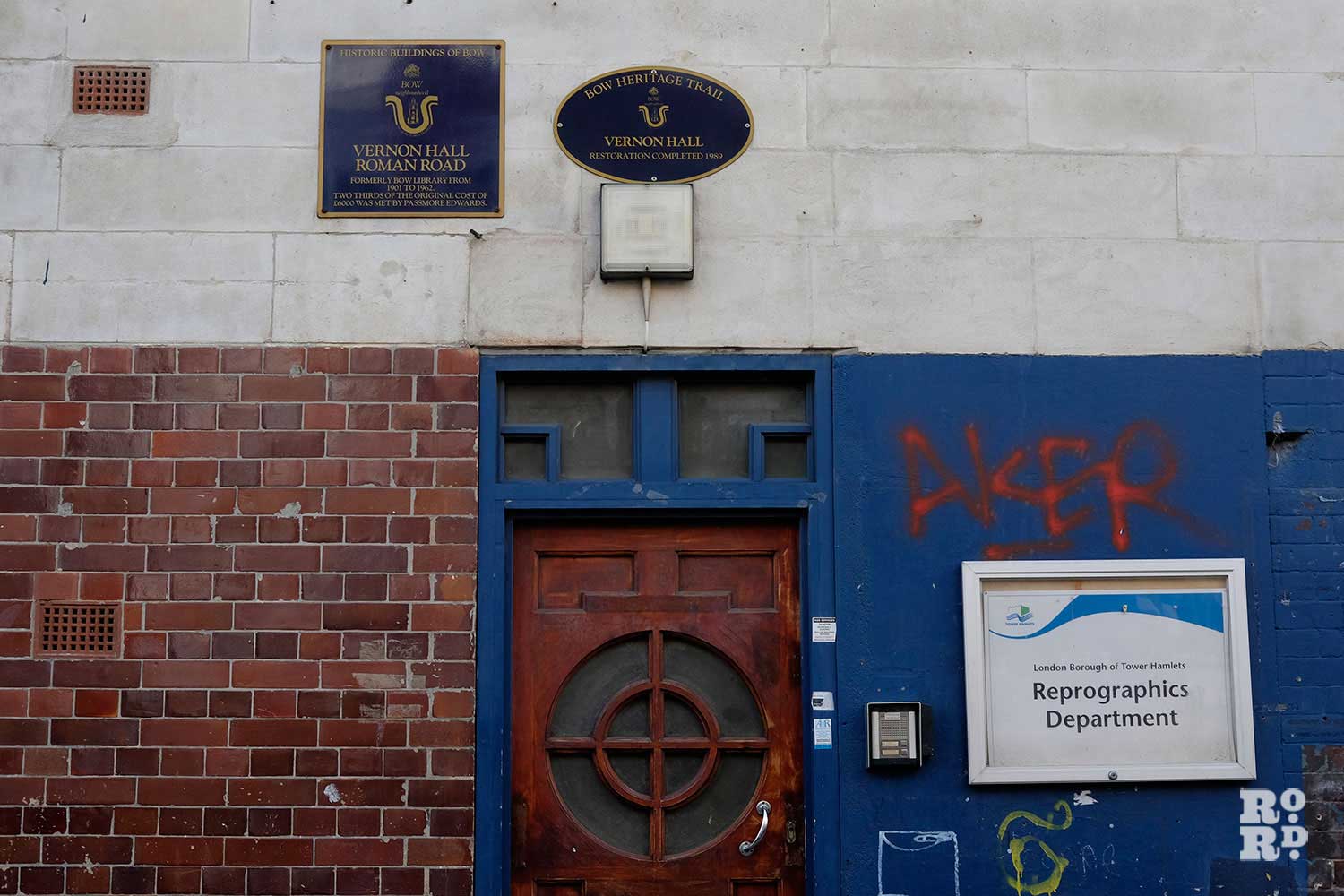
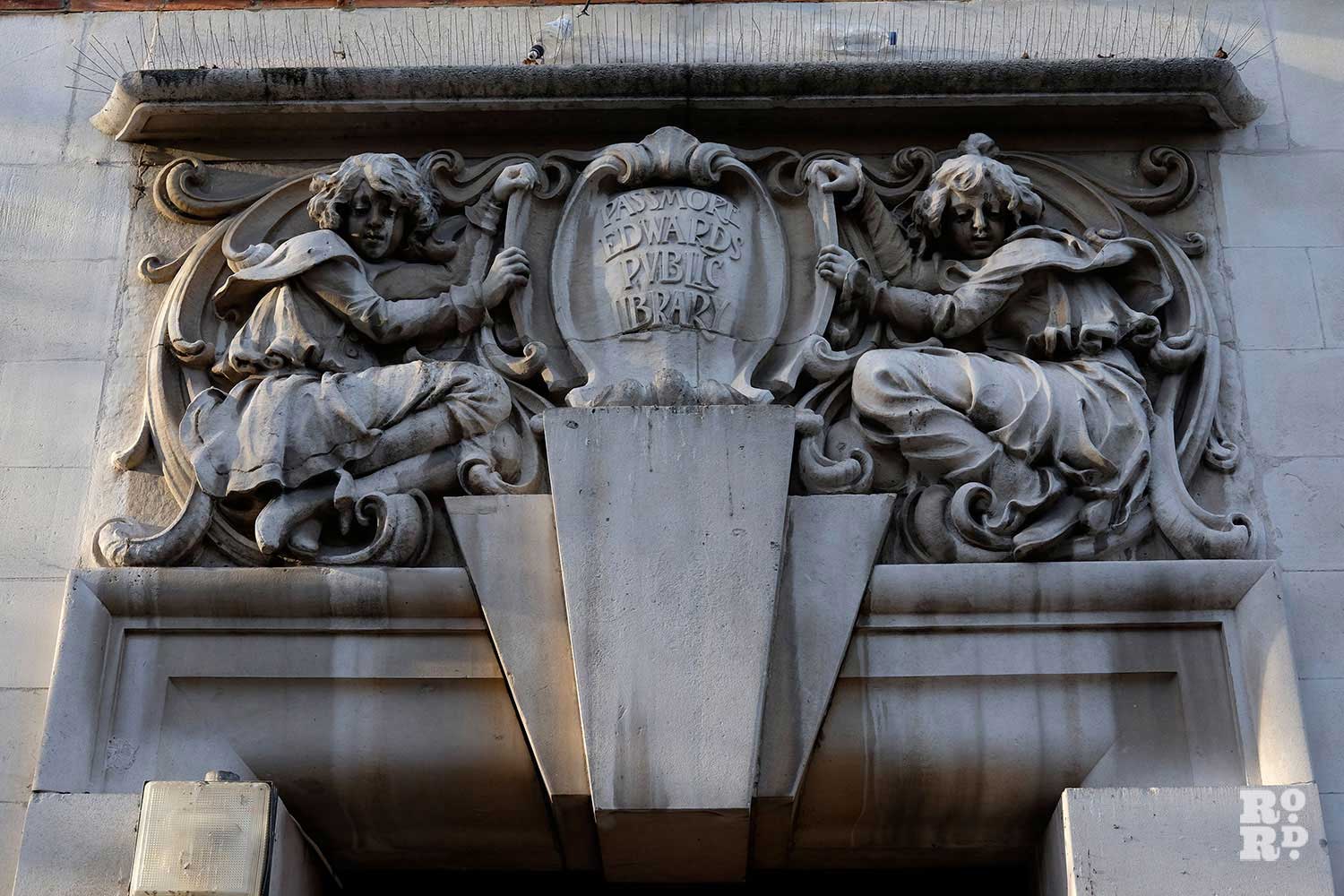
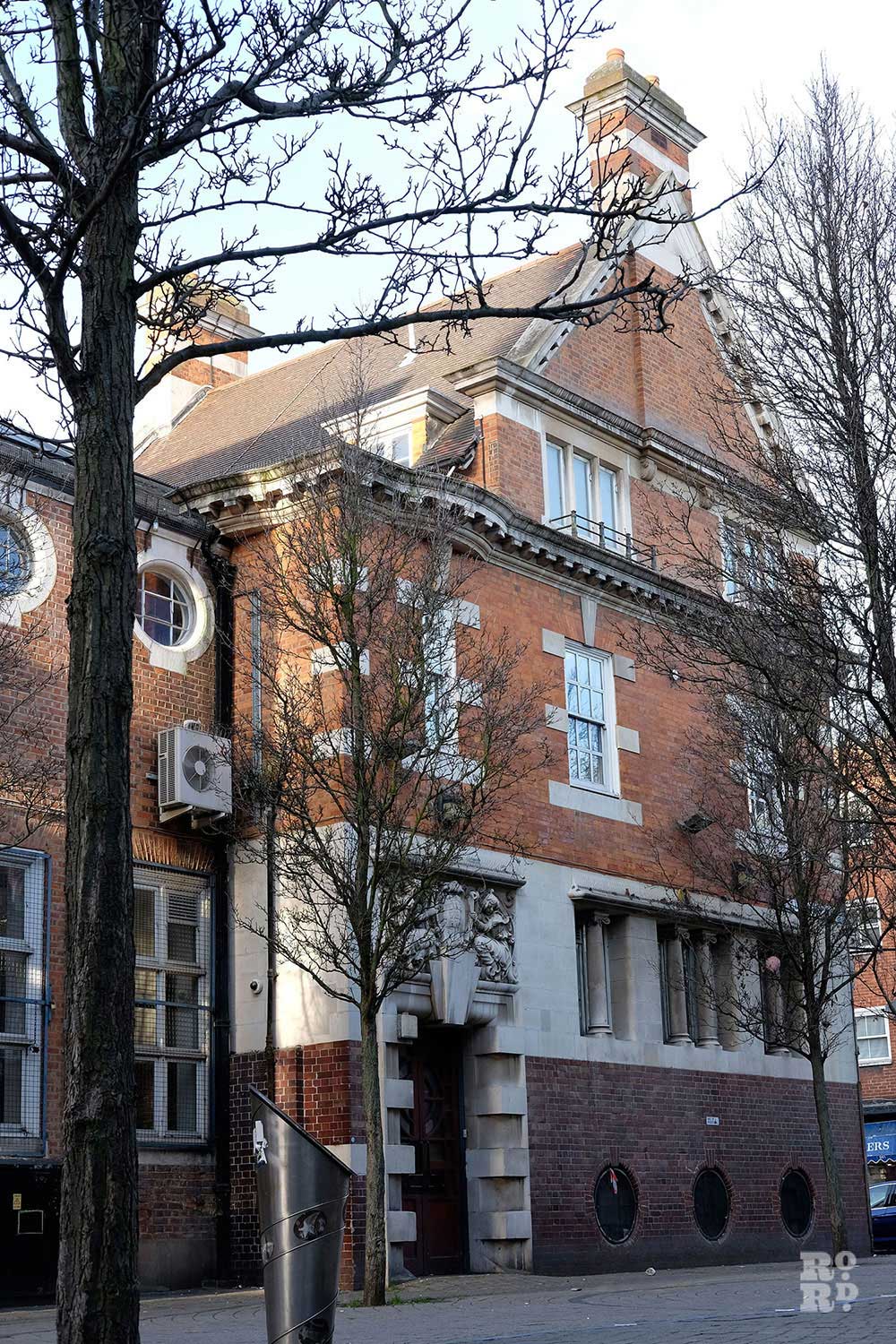

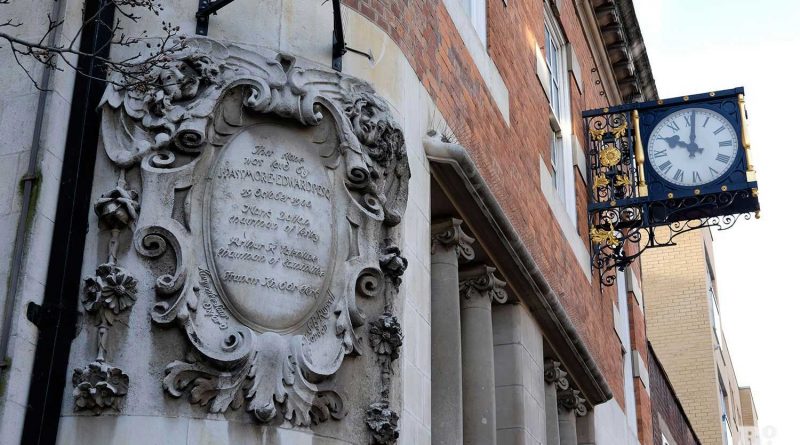
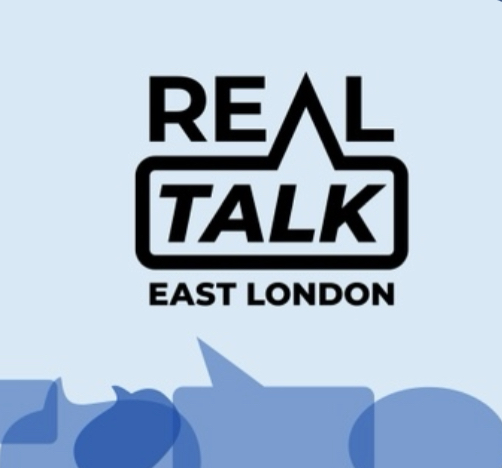
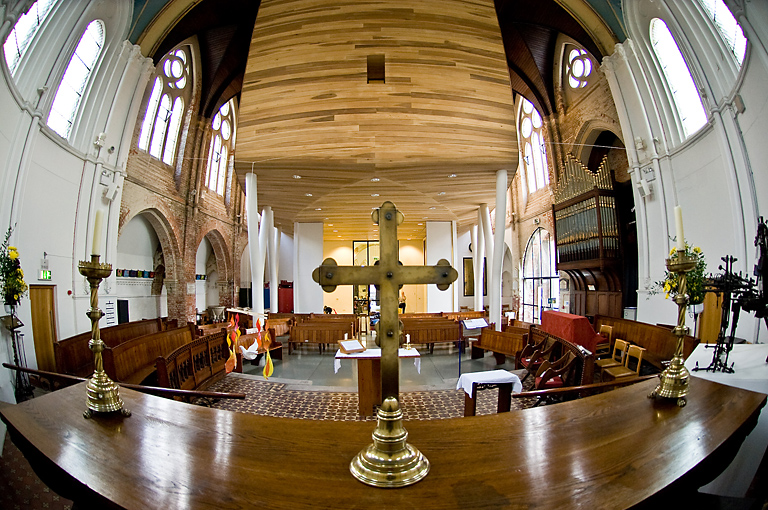
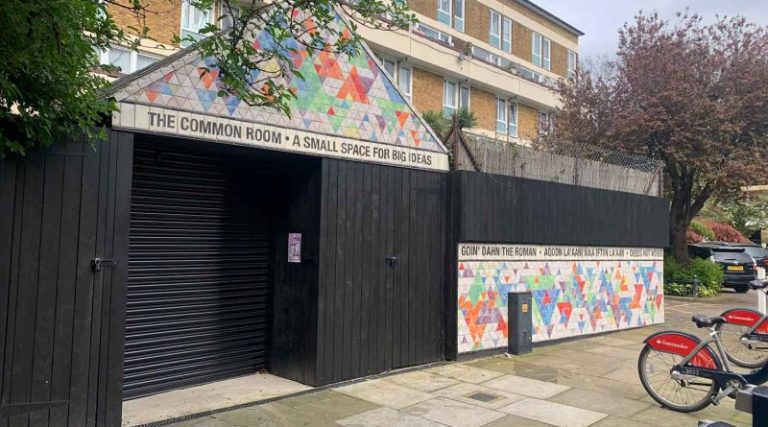
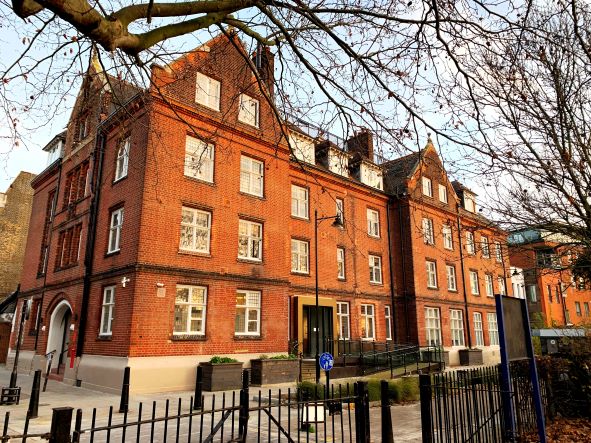
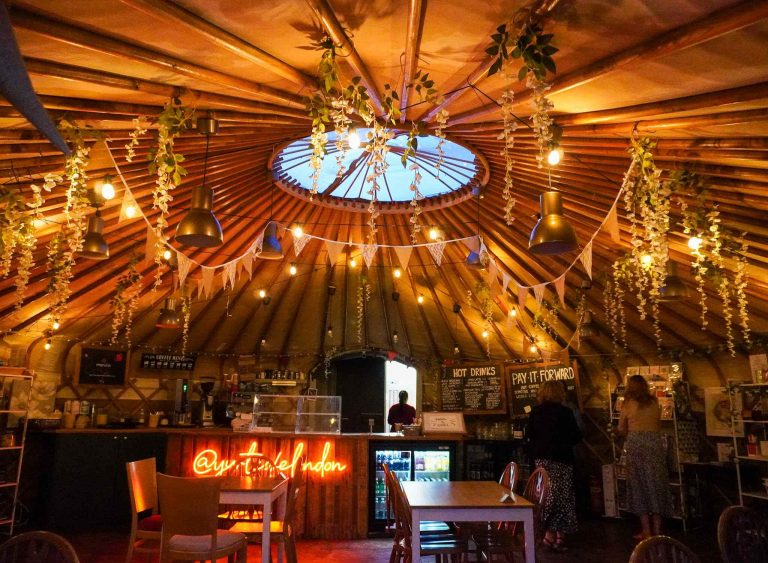
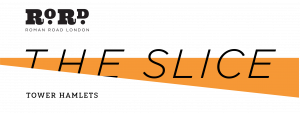
pls can u tell me when the library in roman rd will be open thank you